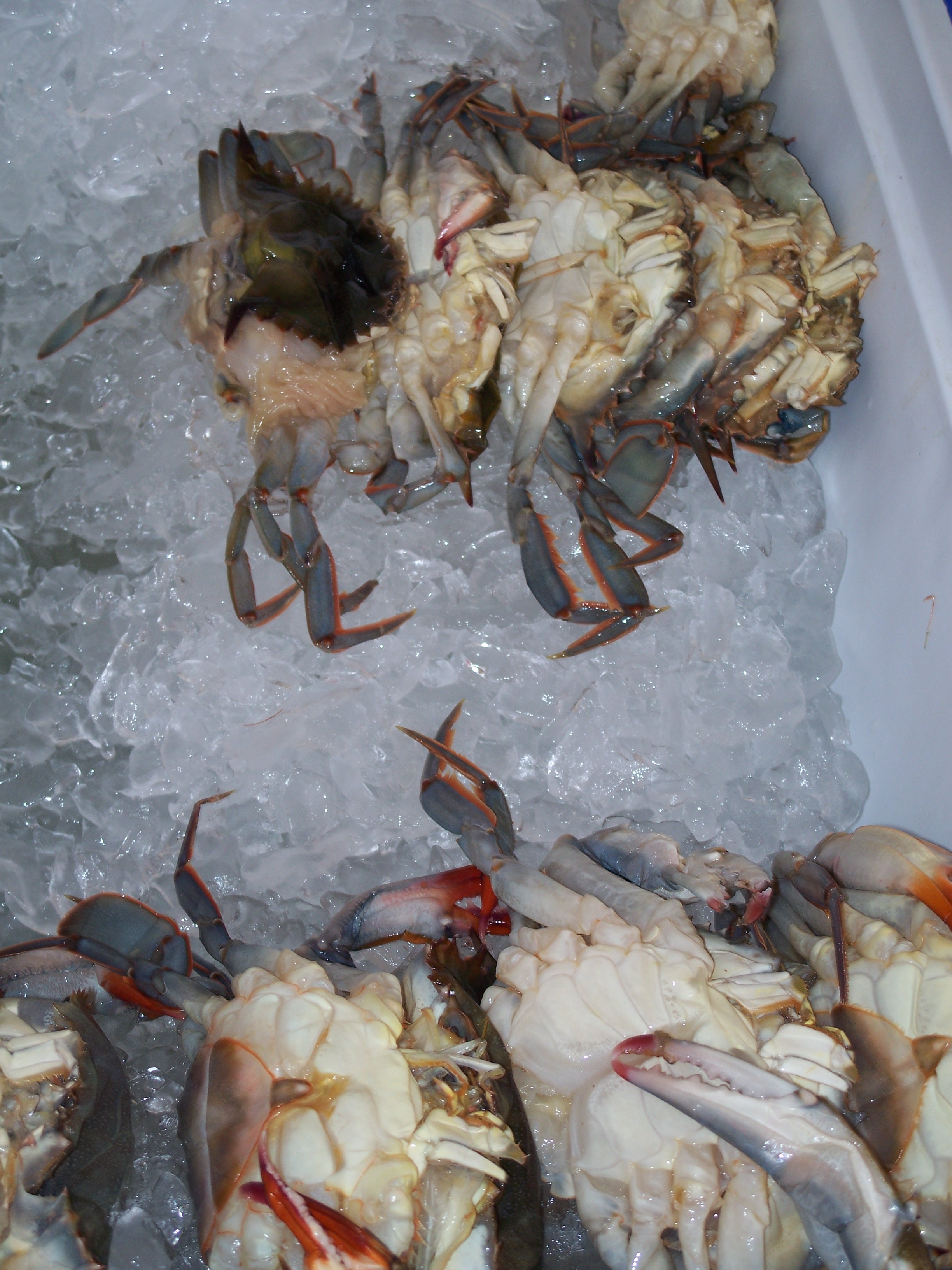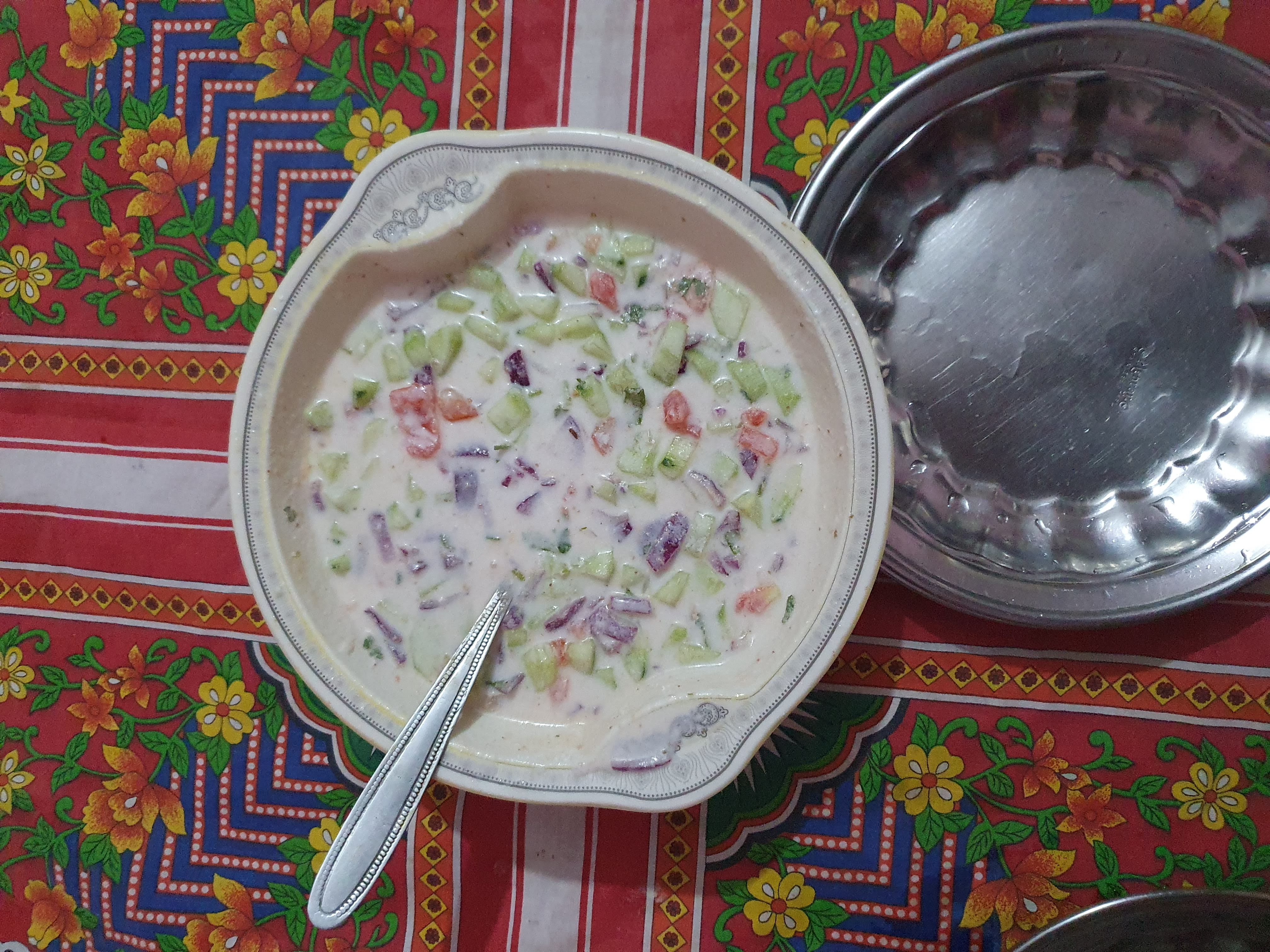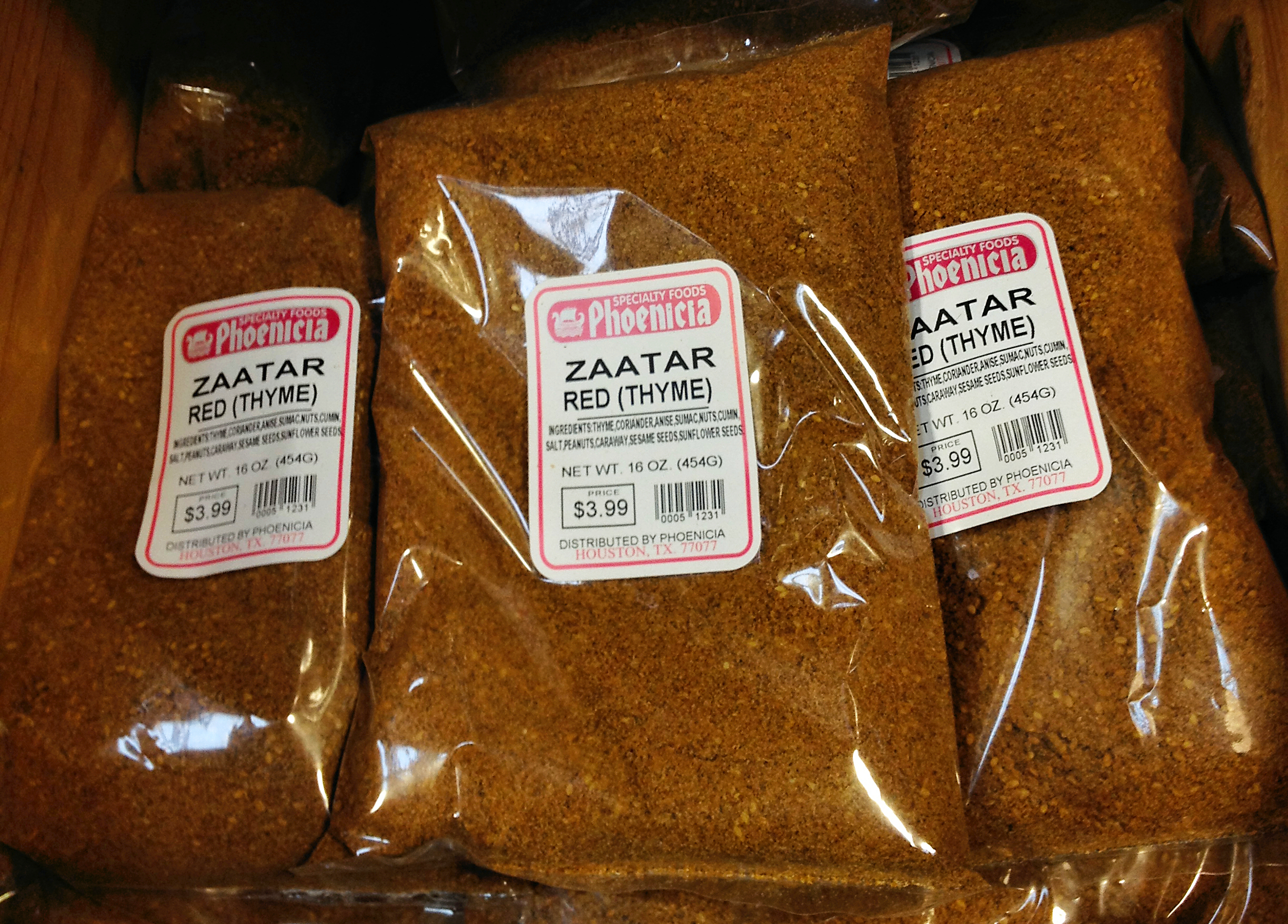|
Masala Y Maíz
Masala y Maíz is a fusion restaurant in Mexico City known for blending Mexican, African and Indian cuisines. Founded by chefs Norma Listman and Saqib Keval, the restaurant defines its approach as ("rebellious "), a concept that, according to its founders, acknowledges the complex legacies of colonization by naming systems of oppression while also celebrating the diverse cultures that have shaped their culinary influences. The restaurant was opened in 2017 in the neighborhood of San Miguel Chapultepec, and despite bureaucratic challenges and a temporary closure during the COVID-19 pandemic, it has gained recognition for its innovative dishes. Masala y Maíz later relocated to the neighborhood of Juárez, near the city's historic center. Dishes sold at the restaurant have included uttapam topped with chickpeas and chutney; jumbo shrimps grilled with masala; or with za'atar raita. It has received acclaim from local and international food critics and was awarded one Mich ... [...More Info...] [...Related Items...] OR: [Wikipedia] [Google] [Baidu] |
Norma Listman And Saqib Keval
Norma Listman and Saqib Keval are chefs and restaurateurs in Mexico City. Early lives Listman grew up in Texcoco. When she was 21, she moved to the San Francisco Bay area to work in the art world. She worked on a project that explored the final hours before the transition of California from Mexico to the US and recreated a feast given by General Mariano Vallejo. She had an epiphany, recognizing the power of food, and decided to switch careers. Keval was born and grew up in Northern California; his "family are Kutchis, Indian immigrants from East Africa". His parents moved to the United States from Ethiopia and Kenya, where his ancestors had moved 200 years ago. He has a degree in French post-colonial literature. In 2011 he started People's Kitchen Collective, which he describes as an effort to "envision a reality where food is being used as a tool for building community and not just exploiting workers". Restaurants Listman and Keval own Masala y Maíz in the Centro neighborh ... [...More Info...] [...Related Items...] OR: [Wikipedia] [Google] [Baidu] |
Chickpeas
The chickpea or chick pea (''Cicer arietinum'') is an annual legume of the family Fabaceae, subfamily Faboideae, cultivated for its edible seeds. Its different types are variously known as gram," Bengal gram, garbanzo, garbanzo bean, or Egyptian pea. It is one of the earliest cultivated legumes, the oldest archaeological evidence of which was found in Syria. Chickpeas are high in protein. The chickpea is a key ingredient in Mediterranean and Middle Eastern cuisines, used in hummus, and, when soaked and coarsely ground with herbs and spices, then made into patties and fried, falafel. As an important part of Indian cuisine, it is used in salads, soups, stews, and curries. In 2023, India accounted for 75% of global chickpea production. Etymology Chickpeas have been cultivated for at least ten thousand years. Cultivation spread from the Fertile Crescent eastward toward South Asia and into Europe through the Balkans. Historical linguistics have found ancestral words relating to ... [...More Info...] [...Related Items...] OR: [Wikipedia] [Google] [Baidu] |
Time Out (magazine)
''Time Out'' is a global magazine published by Time Out Group. ''Time Out'' started as a London-only publication in 1968 and has expanded its editorial recommendations to 333 cities in 59 countries worldwide. In 2012, the London edition became a free publication, with a weekly readership of over 307,000. ''Time Out''s global market presence includes partnerships with Nokia and mobile apps for iOS and Android operating systems. It was the recipient of the International Consumer Magazine of the Year award in both 2010 and 2011 and the rebranded International Consumer Media Brand of the Year in 2013 and 2014. History ''Time Out'' was first published in 1968 as a London listings magazine by Tony Elliott, who used his birthday money to produce a one-sheet pamphlet, with Bob Harris as co-editor. The first product was titled ''Where It's At'', before being inspired by Dave Brubeck's album '' Time Out''. ''Time Out'' began as an alternative magazine alongside other members of ... [...More Info...] [...Related Items...] OR: [Wikipedia] [Google] [Baidu] |
Chorizo
''Chorizo'' ( , ; ; see #Names, below) is a type of pork sausage originating from the Iberian Peninsula. It is made in many national and regional varieties in several countries on different continents. Some of these varieties are quite different from each other, occasionally leading to confusion or disagreements over the names and identities of the products in question. In Europe, Spanish cuisine, Spanish and Portuguese cuisine, Portuguese is a fermentation (food), fermented, salt-cured meat, cured, smoking (cooking), smoked sausage which gets its smokiness and deep red color from paprika, dried, smoked, red peppers (/); it may be sliced and eaten without cooking, or added as an ingredient to add flavor to other dishes. Elsewhere, ''chorizo'' may not be fermented or cured, requiring cooking before eating. In Mexico it is made with chili peppers instead of paprika. Iberian ''chorizo'' is eaten sliced in a sandwich, grilling, grilled, frying, fried, or simmering, simmered in l ... [...More Info...] [...Related Items...] OR: [Wikipedia] [Google] [Baidu] |
Soft-shell Crab
Soft-shell crab is a culinary term for crabs that have recently molted their old exoskeleton and are still soft. Soft-shells are removed from the water as soon as they molt or, preferably, just before to prevent any hardening of their shell. Catching soft-shell crab is very time-sensitive and requires that any caught crabs be kept in climate-controlled areas immediately after catching until they molt, at which point they can be safely removed and sold. This means that almost the entire animal can be eaten, rather than having to shell the animal to reach the meat. The exceptions are the mouthparts, the gills and the abdominal cover, which are discarded ("cleaned"). The remaining, edible part of the crab is typically deep-fried or sautéed. Regional cuisine In the United States, the main species is the blue crab, ''Callinectes sapidus'', which appears in markets from April to September. In the Deep South region of the United States, most notably the Gulf coasts of Louisiana ... [...More Info...] [...Related Items...] OR: [Wikipedia] [Google] [Baidu] |
Tamale
A tamale, in Spanish language, Spanish , is a traditional Mesoamerican dish made of ''masa'', a dough made from nixtamalization, nixtamalized maize, corn, which is steaming, steamed in a corn husk or Banana leaf, banana leaves. The wrapping can either be discarded prior to eating or used as a plate. Tamales can be filled with meats, cheeses, fruits, vegetables, herbs, chili pepper, chilies, or any preparation according to taste, and both the filling and the cooking liquid may be seasoned. ''Tamale'' is an Anglicisation, anglicized version of the Spanish word (plural: ). comes from the Nahuatl . The English "tamale" is a back-formation from , with English speakers applying English pluralization rules, and thus interpreting the ''-e-'' as part of the Word stem, stem, rather than part of the plural suffix ''-es''. Origin Tamales originated in Mesoamerica as early as 8000 to 5000 BC. The preparation of tamales is likely to have spread from the indigenous cultures in Mesoa ... [...More Info...] [...Related Items...] OR: [Wikipedia] [Google] [Baidu] |
Esquites
Esquites (or ezquites) (troles and trolelotes in Northeast Mexico, chasca in Aguascalientes, vasolote in Michoacán, etc.) also known as elote en vaso (corn in a cup), also served in the Southwestern USA is a Food of Mexico, Mexican snack or antojito. One can find them at local markets, and street vendors selling corn. The word ''esquites'' comes from the Nahuatl word ''ízquitl'', which means "toasted corn". Origin Although its true origin is not known, it is a common understanding that esquites are historically a common Mexican street food. According to Nahuatl stories, esquites are credited as being created by the deity Tlazocihuapilli of Xochimilcas, who is also credited with creating Mexican Atole and corn jelly. There is an alternative origin story that claims that in the late 1800's, Emperor Maximilian I of Mexico and Empress Charlotte of Belgium created a dish referred to as "Odalisque Teeth", when they accidentally used corn flour instead of wheat. The modern day esqu ... [...More Info...] [...Related Items...] OR: [Wikipedia] [Google] [Baidu] |
Maize
Maize (; ''Zea mays''), also known as corn in North American English, is a tall stout grass that produces cereal grain. It was domesticated by indigenous peoples in southern Mexico about 9,000 years ago from wild teosinte. Native Americans planted it alongside beans and squashes in the Three Sisters polyculture. The leafy stalk of the plant gives rise to male inflorescences or tassels which produce pollen, and female inflorescences called ears. The ears yield grain, known as kernels or seeds. In modern commercial varieties, these are usually yellow or white; other varieties can be of many colors. Maize relies on humans for its propagation. Since the Columbian exchange, it has become a staple food in many parts of the world, with the total production of maize surpassing that of wheat and rice. Much maize is used for animal feed, whether as grain or as the whole plant, which can either be baled or made into the more palatable silage. Sugar-rich varieties called sw ... [...More Info...] [...Related Items...] OR: [Wikipedia] [Google] [Baidu] |
List Of Michelin-starred Restaurants In Mexico
As of the 2025 ''Michelin Guide'' edition, there are 23 restaurants in Mexico with a Michelin-star rating. The ''Michelin Guides'' have been published by the French tire company Michelin since 1900. They were designed as a guide to tell drivers about eateries they recommended to visit and to subtly sponsor their tires, by encouraging drivers to use their cars more and therefore need to replace the tires as they wore out. Over time, the stars that were given out became more valuable. The ''Michelin Guide'' debuted in Mexico in 2024. Inspectors visited five States of Mexico, states—Baja California, Baja California Sur, Nuevo León, Oaxaca, and Quintana Roo—and the capital city, Mexico City. Sixteen restaurants earned one star and two, Pujol (restaurant), Pujol and Quintonil, received two. No restaurant earned three stars. Among the awarded restaurants, Michelin included a taco stand, Taquería El Califa de León. Gwendal Poullennec, international director of the Michelin Guid ... [...More Info...] [...Related Items...] OR: [Wikipedia] [Google] [Baidu] |
Michelin Star
The ''Michelin Guides'' ( ; ) are a series of guide books that have been published by the French tyre company Michelin since 1900. The ''Guide'' awards up to three Michelin stars for excellence to a select few restaurants in certain geographic areas. Michelin also publishes the ''Green Guides'', a series of general guides to cities, regions, and countries. History upright=1, The first ''Michelin Guide'', published in 1900 In 1900, there were fewer than 3,000 cars on the roads of France. To increase the demand for cars, and accordingly car tyres, the car tyre manufacturers and brothers Édouard and André Michelin published a guide for French motorists, the ''Guide Michelin'' (Michelin Guide). Nearly 35,000 copies of this first, free edition were distributed. It provided information to motorists such as maps, tyre repair and replacement instructions, car mechanics listings, hotels, and petrol stations throughout France. In 1904, the brothers published a guide for Belgium, and ... [...More Info...] [...Related Items...] OR: [Wikipedia] [Google] [Baidu] |
Raita
Raita is a side dish and condiment in Indian cuisine made of dahi (curd), dahi (yogurt, often referred to as curd) together with raw or cooked vegetables, fruit, or, in the case of boondi raita, with fried droplets of batter made from besan (chickpea flour, generally labeled as gram flour). The closest approximation in Western cuisine is a side dish or dip (food), dip, or a cooked salad. It is often referred to as a condiment, but unlike common Western condiments such as pepper, Mustard (condiment), mustard, and horseradish that make dishes more spicy, a dish of dahi or raita has a cooling effect to contrast with spicy curries and kebabs that are the main fare of some Asian cuisines. In Indian cuisine, some type of flatbread may be eaten together with raita, chutneys, and South Asian pickle, pickles. The yogurt may be seasoned with coriander, roasted cumin seeds, Mentha, mint, cayenne pepper, chaat masala and other herbs and spices. Etymology The word ''raita'' first appeared ... [...More Info...] [...Related Items...] OR: [Wikipedia] [Google] [Baidu] |
Za'atar
Za'atar ( ; , ) is a versatile herb blend and family of wild herbs native to the Levant, central to Middle Eastern cuisine and culture. The term refers both to aromatic plants of the '' Origanum'' and '' Thymbra'' genera (including '' Origanum syriacum'', known as Bible hyssop) and to the prepared spice mixture of dried herbs, toasted sesame seeds, sumac, and salt. With roots stretching back to ancient Egypt and classical antiquity, za'atar has been used for millennia as a seasoning, folk remedy, and cultural symbol. The spice blend varies regionally, with Lebanese versions emphasizing sumac's tartness, while Palestinian varieties may include caraway. It flavors iconic dishes like '' manakish'' (za'atar flatbread), enhances labneh and hummus, and is mixed with olive oil as a dip (''za'atar-wu-zayt''). Beyond cuisine, medieval Arabic and Jewish medical texts, including works by Maimonides, documented za'atar's digestive benefits, and Palestinian tradition associates it ... [...More Info...] [...Related Items...] OR: [Wikipedia] [Google] [Baidu] |










